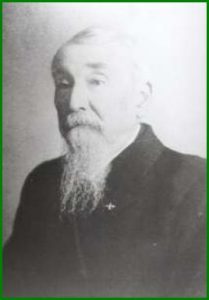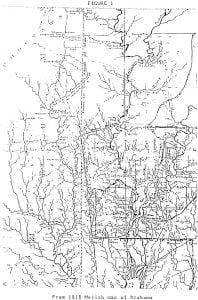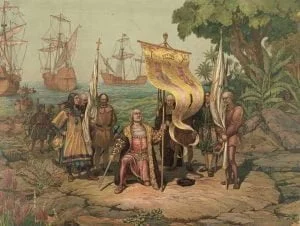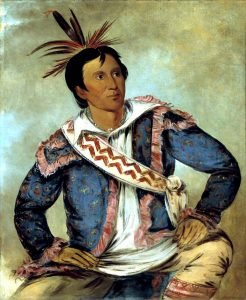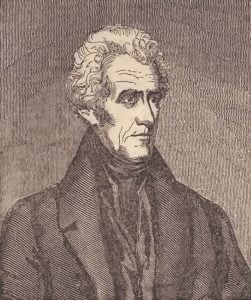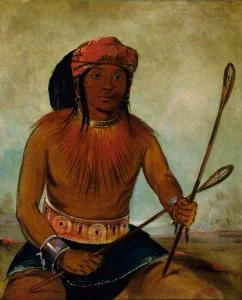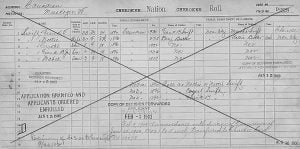Mission’s Among the Southern Indians
In the year 1819 the Synod of South Carolina resolved to establish a mission among the Southern Indians east of the Mississippi river. The Cherokees, Muskogee’s, Seminoles, Choctaws and Chickasaws then occupied Georgia, Florida, Alabama and Mississippi. Rev. David Humphries offered to take charge of the intended mission. He was directed to visit the Indians, obtain their consent and select a suitable location. Rev. T. C. Stewart, then a young licentiate, offered himself as a companion to Mr. Humphries. They first visited the Muskogee’s (Creeks), who, in a council of the Nation, declined their proposition. They then traveled through Alabama … Read more

